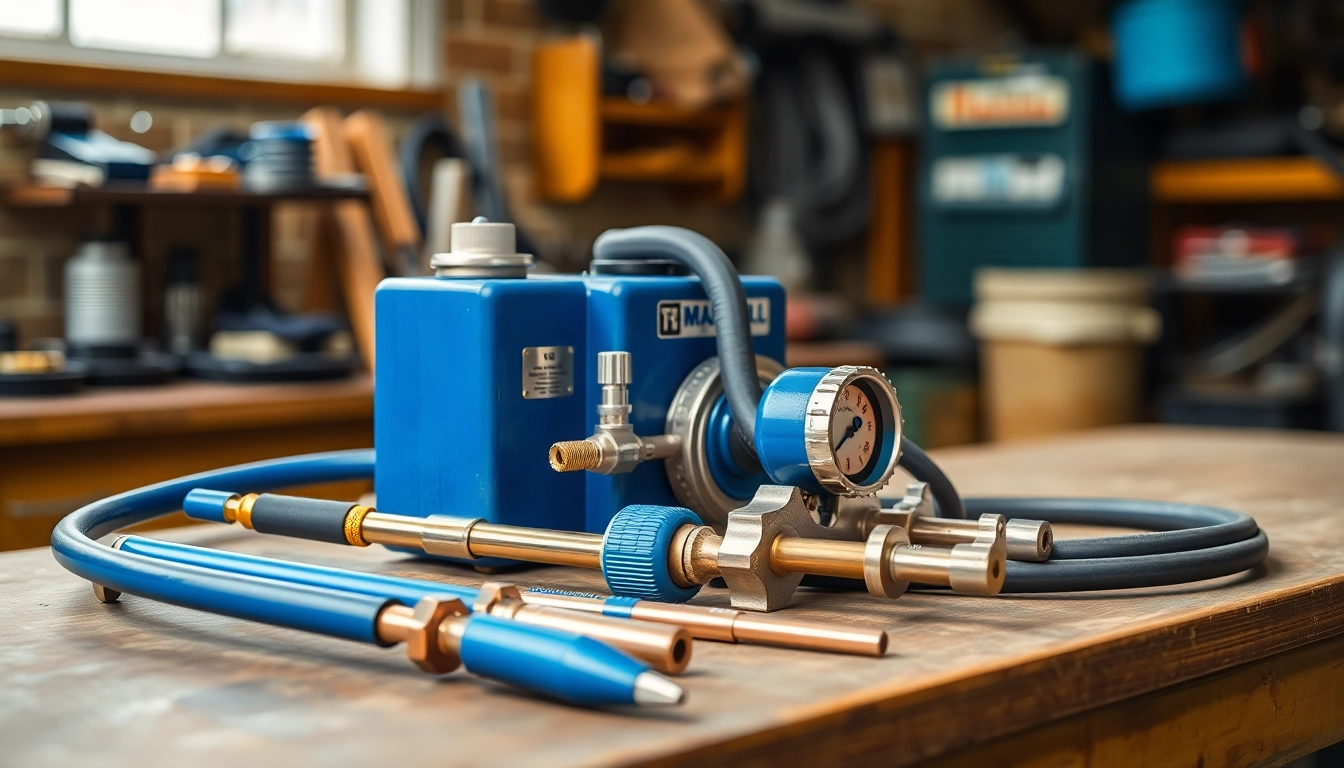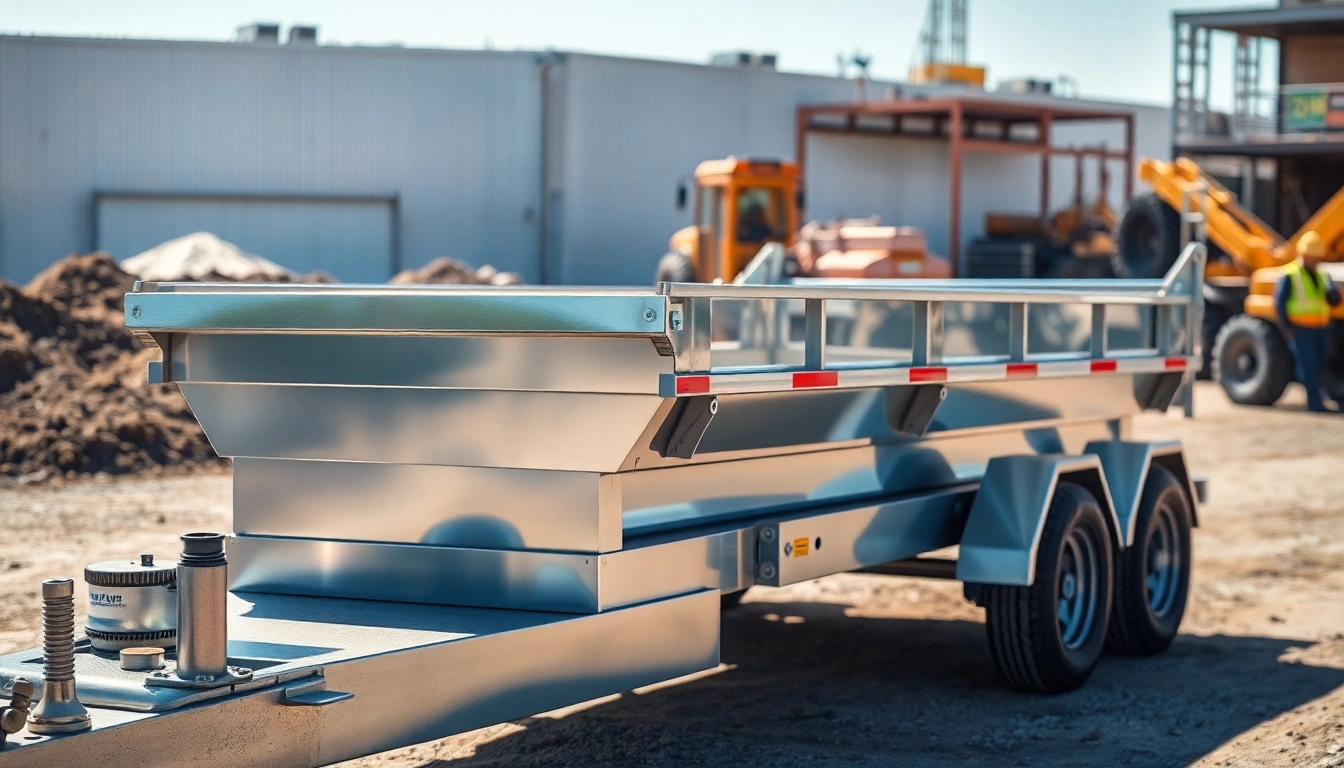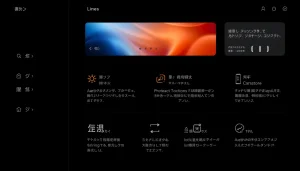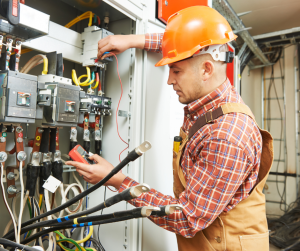Top 5 Oxy Gas Welding Kits for Reliable and Efficient Welding Projects
Introduction to Oxy Gas Welding Kits
For many industries and DIY enthusiasts, welding is an essential skill that enables the joining of metals and the fabrication of various structures. One of the most versatile methods for welding is through the use of an oxy gas welding kit, commonly referred to as oxy-acetylene welding. This technique utilizes a combination of oxygen and acetylene gas to produce a high-temperature flame, ideal for cutting and welding metals. In this guide, we will explore the components, advantages, and applications of oxy gas welding kits, ensuring you have all the necessary information to make informed decisions for your welding needs.
What is an Oxy Gas Welding Kit?
An oxy gas welding kit consists of all the essential tools required for oxy-acetylene welding and cutting processes. The main components include:
- Oxygen and acetylene tanks
- Regulators to control gas flow
- Welding and cutting torches
- Hoses for gas transportation
- Filler materials, such as welding rods
This kit provides a compact, portable solution suitable for a variety of welding applications, from automotive repair to artistic metalwork. The oxy-acetylene flame reaches temperatures of approximately 3,200°C (5,792°F), thus allowing it to weld a wide range of metals effectively.
Benefits of Using Oxy Gas Welding
Oxy gas welding has several advantages that make it a preferred choice among welders:
- Versatility: It can be used for welding, cutting, brazing, and heating various types of metals.
- Portability: Oxy gas welding kits are often designed for ease of transport, making them ideal for onsite work.
- Cost-Effective: Compared to other welding methods, oxy-acetylene welding is usually more affordable and requires less investment in equipment.
- Control: Welders can easily adjust the flame, allowing for precise control over the heating process.
Key Components of a Gas Welding Kit
Understanding the components of an oxy gas welding kit is essential for optimizing its use. Here we break down each component:
- Oxygen Tank: This cylinder contains pressurized oxygen that fuels the welding process. It is color-coded green in many countries.
- Acetylene Tank: Often color-coded red, this tank stores acetylene gas, which burns to produce heat.
- Regulators: These devices control the pressure and flow of gases from the tanks to the torch, ensuring a steady supply.
- Welding Torch: The main tool where the gases mix and ignite, producing a flame. Different types of nozzles available allow for various flame widths and heat output.
- Hoses: Flexible tubes that transport gas from tanks to the torch, made from materials that can withstand the pressure and heat.
- Filler Rods: Materials that melt and fuse with the base metals during welding to strengthen joints.
Choosing the Right Oxy Gas Welding Kit
When selecting an oxy gas welding kit, several factors come into play that can influence the efficiency and effectiveness of your welding projects. Below, we outline key considerations to help you make the right choice.
Factors to Consider
There are various elements to weigh before purchasing an oxy gas welding kit:
- Type of Work: Consider what types of welding applications you will be undertaking. For instance, heavier industrial work will require a more robust kit, whereas a lighter, portable kit may suffice for hobbyist or light-duty work.
- Tank Size: The size of the oxygen and acetylene tanks can affect run-time and portability. Larger tanks provide longer use but are heavier and less portable.
- Regulator Quality: A high-quality regulator regulates flow accurately to prevent gas leaks and ensure safety.
- Brand Reputation: Consider purchasing from reputable brands that offer reliable products and robust warranties. Brands like Harris, Victor, and Unimig have established a strong presence in the welding industry.
Common Mistakes to Avoid
Even seasoned welders can overlook important details when selecting an oxy gas welding kit. Here are common pitfalls to avoid:
- Ignoring Compatibility: Ensure that all components, including hoses, regulators, and torches, are compatible with each other.
- Overlooking Safety Features: Consider kits with built-in safety features, such as flashback arrestors to prevent flames from traveling back into gas lines.
- Neglecting to Check Regulations: Make sure that the kits you’re considering meet all local regulations and safety standards.
Budget and Quality Considerations
Finding a balance between cost and quality is crucial. While it may be tempting to opt for cheaper kits, they may lack essential durability and performance features. Evaluate options thoughtfully, taking into account:
- Initial Cost vs. Longevity: Investing in a higher-quality kit can save money in the long run due to reduced replacement costs.
- Warranty and Support: Look for kits that offer customer support and warranties. A good warranty may cover parts and labor.
- Accessories and Follow-On Costs: Consider the price of additional equipment like tanks, hoses, and filler rods which will add to your overall investment.
Top Options for Oxy Gas Welding Kits
Choosing the right equipment can significantly impact the quality and ease of your welding projects. Here, we review some of the top oxy gas welding kits available in the market, comparing key features and pricing trends.
Review of the Best Kits Available
Several reputable brands offer excellent oxy gas welding kits. Here are some of the top options available:
- Unimig Oxygen Acetylene Gas Kit: This kit is known for its durability and robust performance. It includes all essential components and is suitable for professional-grade tasks.
- Harris Oxygen-Acetylene Portable Outfit: Ideal for on-the-go applications, this portable outfit is compact and lightweight yet powerful enough for various welding tasks.
- Victor G150 Portable Oxy-Acetylene Torch Kit: This kit comes highly recommended for its user-friendly design and versatile use in welding and cutting.
Comparison of Features
| Brand | Key Features | Price Range |
|---|---|---|
| Unimig | Includes easy-to-use torch, strong regulators, portable design | $150 – $250 |
| Harris | Lightweight, high-quality materials, excellent safety features | $100 – $200 |
| Victor | Versatile, durable, with extensive accessory options | $200 – $400 |
Pricing Trends in Oxy Gas Welding Kits
The pricing of oxy gas welding kits can vary widely, primarily based on brand reputation, included components, and quality. Generally, entry-level kits range from $100 to $200, while professional-grade kits can cost upwards of $400. It’s important to compare the specifications and user reviews when evaluating prices. Additionally, consider that prices may fluctuate based on seasonal promotions or distributors’ offers, so keep an eye out for sales to get the best deal.
Using Your Oxy Gas Welding Kit Safely
Safety should always be your top priority when using an oxy gas welding kit. By adhering to proper safety practices, you can minimize risks and protect yourself from potential hazards.
Essential Safety Precautions
Before starting any welding project, ensure you are following these crucial safety precautions:
- Wear Protective Gear: Always wear protective goggles, gloves, and flame-resistant clothing to shield yourself from sparks and intense heat.
- Secure the Work Area: Keep the working environment clean and clutter-free. Ensure that flammable materials are kept at a safe distance.
- Ventilation: Work in a well-ventilated area to avoid inhaling vapors and gases produced during the welding process.
Common Hazards and How to Avoid Them
Even with caution, hazards may still arise during welding. Here’s a breakdown of common risks and strategies to mitigate them:
- Flashback: This occurs when the flame travels back into the hoses. Use flashback arrestors on your hoses to prevent this.
- Burn Injuries: Always handle torches and hot metal with care to avoid burns, and let materials cool before touching them.
- Gas Leaks: Regularly inspect hoses and connections for leaks. Use a soap solution to check for bubbles indicating leaks.
Proper Maintenance for Longevity
Regular maintenance of your oxy gas welding kit will ensure optimal performance and prolong its lifespan. Here are some maintenance tips to follow:
- Inspect Hoses and Connections: Look for wear and tear, cracks, or leaks, as damaged hoses can lead to dangerous situations.
- Clean the Torch: Keep the torch tip free from impurities and debris, as this can affect the quality of your welds.
- Store Properly: Store the kit in a dry, well-ventilated area, and ensure tanks are secured and upright to prevent accidents.
Advanced Techniques in Oxy Gas Welding
Once you’ve mastered the basics of using an oxy gas welding kit, there are various advanced techniques you can employ to enhance your skills further.
Welding Thin Materials
Welding thin materials requires a careful approach to prevent warping or burning through the metal. Here are techniques to consider:
- Control Heat Input: Use a smaller torch tip to concentrate the flame and minimize heat diffusion.
- Short Passes: Keep the weld bead short to allow the metal to cool more quickly between passes.
- Use Filler Material Sparingly: When welding, add minimal filler material to maintain the quality of the joint.
Creative Projects with Oxy Gas Welding
Oxy gas welding isn’t just for repairs; it’s also perfect for crafting unique artistic projects. Some popular creative applications include:
- Metal Sculptures: Create intricate designs by cutting and welding different metal pieces together.
- Furniture Design: Weld metal structures to produce custom tables, chairs, and decorative accents.
- Jewelry Making: With precise techniques, you can fabricate small pieces of jewelry with great intricacy.
Upgrades and Accessories to Enhance Performance
As you become accustomed to your oxy gas welding kit, consider adding upgrades and accessories to improve both performance and capability:
- Different Torch Tips: Having a range of torch tips allows flexibility for different welding projects, enhancing control over heat and flame size.
- Check Valves: Adding check valves provides an extra layer of safety by preventing backflow of gas.
- Protective Curtains: These are essential if you’re working in public spaces to protect bystanders from harmful UV rays.














Post Comment